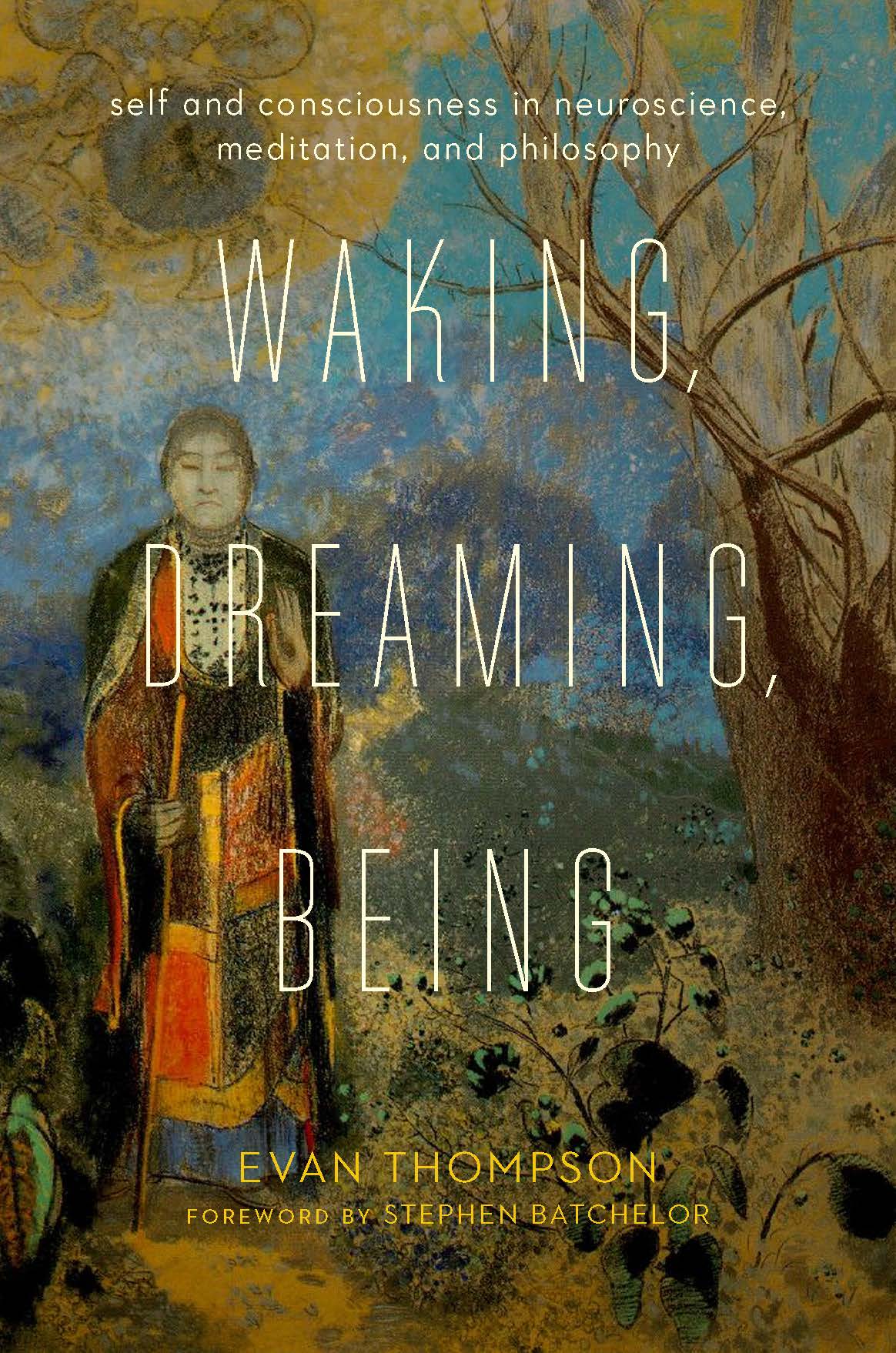Bagaimana Menarikkan Article Pada Hari Ini . BLUE.Jangan Lupa Datang Lagi Untuk Membaca Article Yang lebih Menarik Pada Masa Akan Datang/Mysteries of the human brain revealed as scientists release detailed 3D image of its genes and pathways
Steve Connor - Science Editor
Wednesday 02 April 2014
Scientists have generated the first detailed pictures of the intricate events in the womb that result in the formation of the human brain. The study could prove to be a decisive breakthrough in understanding the many cognitive disorders thought to be triggered before birth – from autism to schizophrenia.
The researchers believe that the findings could one day lead to a “blueprint for building the human brain” based on knowing the precise sequence of genes that are selectively switched on and off in different parts of the embryonic organ during the critical stages of development in the womb.
Researchers at the Allen Institute for Brain Science in Seattle, funded by the Microsoft billionaire Paul Allen, analysed the brains of four human foetuses between 15 and 21 weeks to build up the first atlas of the developing brain based on differences in gene activities – a so-called “transcriptome”.
The work is part of a much wider body of research aimed at a fundamental understanding of the brain, which is often described as the most complex structure in the known universe. Last month, President Obama announced the doubling of US Government funding on his brain initiative – from $100 million to $200 million.
Other approaches in the Obama initiative include the construction of intricate wiring diagrams of how the 100 billion nerve cells of the brain communicate with one another by sending electrical signals down physical connections, known as “connectomes”.
Senior scientists believe that these revolutionary new techniques for studying the brain could transform our knowledge of how the brain works and so lead to radical new forms of prevention or treatment for the many psychological and developmental disorders that have so far defied medicine.
“This is the beginning. We want to understand the blueprint whereby we build a brain and this is one step in that direction, where we can begin to have a map of how genes are driving the process,” said Ed Lein of the Allen Institute, who led the study published in the journal Nature.
“Knowing where a gene is expressed in the brain can provide powerful clues about what its role is. This gives a comprehensive view of which genes are on and off in which specific nuclei and cell types while the brain is developing during pregnancy,” Dr Lein said.
“This means we have a blueprint for human development, an understanding of the crucial pieces necessary for the brain to form in a normal, healthy way, and a powerful way to investigate what goes wrong in disease,” he said.
The study married neuroscience with the knowledge of the human genome to produce highly detailed snapshots of gene activity at critical points in development. Each transcriptome changes over time as the brain develops, revealing the varying gene activity and nerve connections that are formed and re-formed as the human brain grows and develops in the womb between 15 and 21 weeks.
“This is the time when we’re beginning to establish the neocortex of the brain, which is responsible for many of our most distinctive cognitive features,” Dr Lein said.
Autism could be the first developmental disorder to benefit from this kind of approach to building up images of the developing brain – known as the BrainSpan Atlas. The research has already led to one potential insight into the childhood disorder, he said.
“We used the maps we created to find a hub of genetic action that could be linked to autism, and we found one. These genes were associated with the newly generated excitatory neurons in the cortex, the area of the brain that is responsible for many of the cognitive features affected in autism such as social behaviour,” Dr Lein said.
“The discovery is an exciting example of the ability of the BrainSpan Atlas to generate meaningful hypotheses about the origin of brain developmental disorders,” he added.
By comparing the genomes of humans with other mammals, such as the mouse and chimpanzee, the scientists also hope to tease out the developmental differences that make the human brain so unique in terms of its complexity and ability to generate higher thought processes, such as consciousness.
“We know that some important regions of the genome show striking [DNA] sequence differences in humans compared to other species. Since where a gene is expressed in the brain can give insight into its function, we can use our map to begin to figure out the roles of those genes in making humans distinct,” Dr Lein said.
The research is already beginning to show that these genes are enriched in the human frontal cortex, which is the part of the brain that is said to be responsible for conscious control over other parts of the brain. It could eventually lead to unprecedented clues about the molecular underpinnings of what makes the human neocortex – and humanity – so unique, he said.
Mysteries of the Human Brain Revealed as Scientists Release Detailed 3D Image of its Genes and Pathways
Update Terbaru BLUE.. Pada Article Hari Ini Penulis Akan Memberi Anda Cerita Yang Amat Menarik Hari Ini . Jadi Mari Kita Mula Membaca.
Below is a research update from Allen Institute for Brain Science in Seattle (funded by Microsoft billionaire Paul Allen) on some of their work in President Obama's BRAIN Initiative (Brain Research through Advancing Innovative Neurotechnologies). This article comes from The Independent (UK).

 2014 Nobel Prize Winners Speak at the University of Arizona
2014 Nobel Prize Winners Speak at the University of Arizona








Posting Komentar
Click to see the code!
To insert emoticon you must added at least one space before the code.